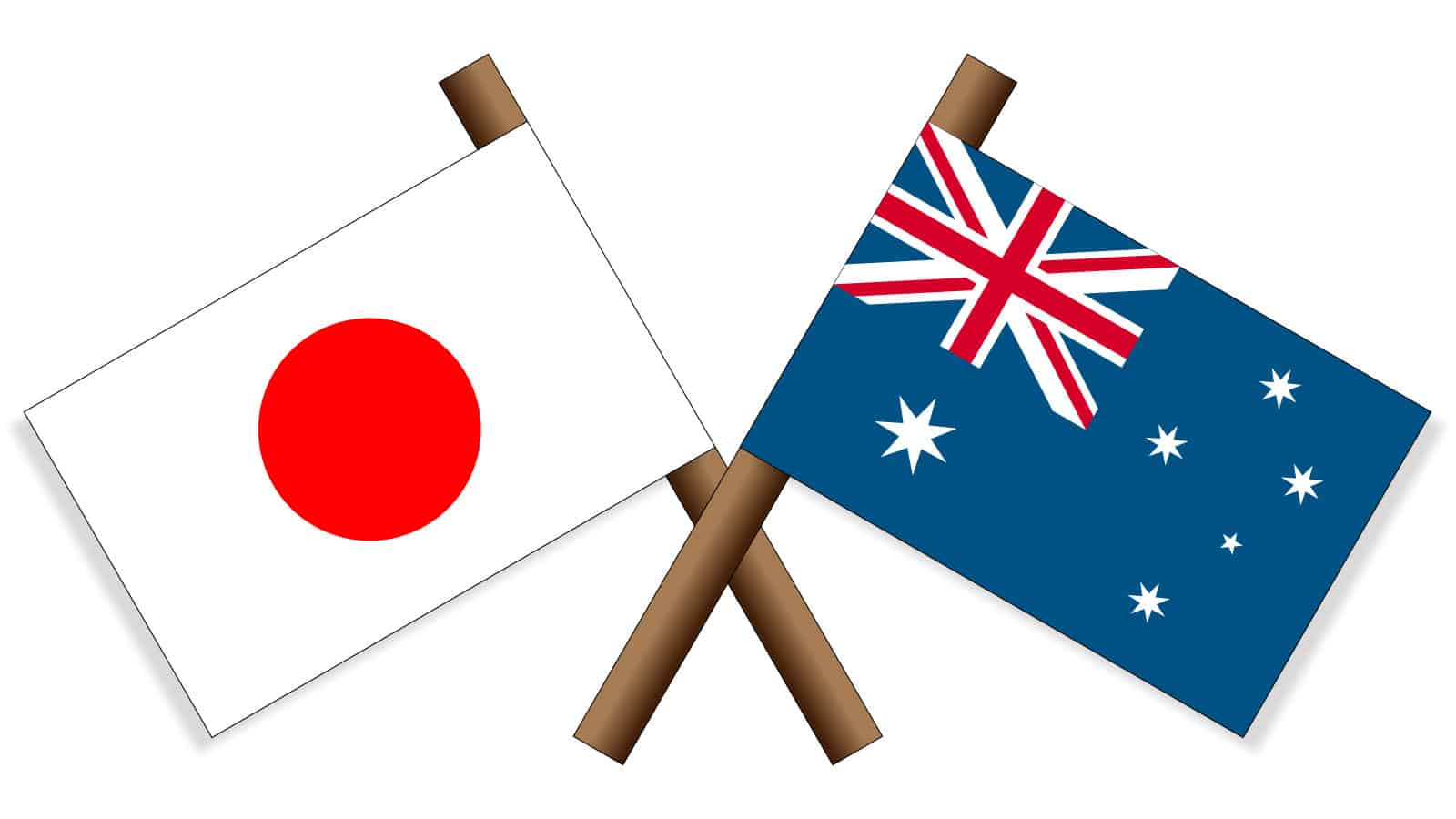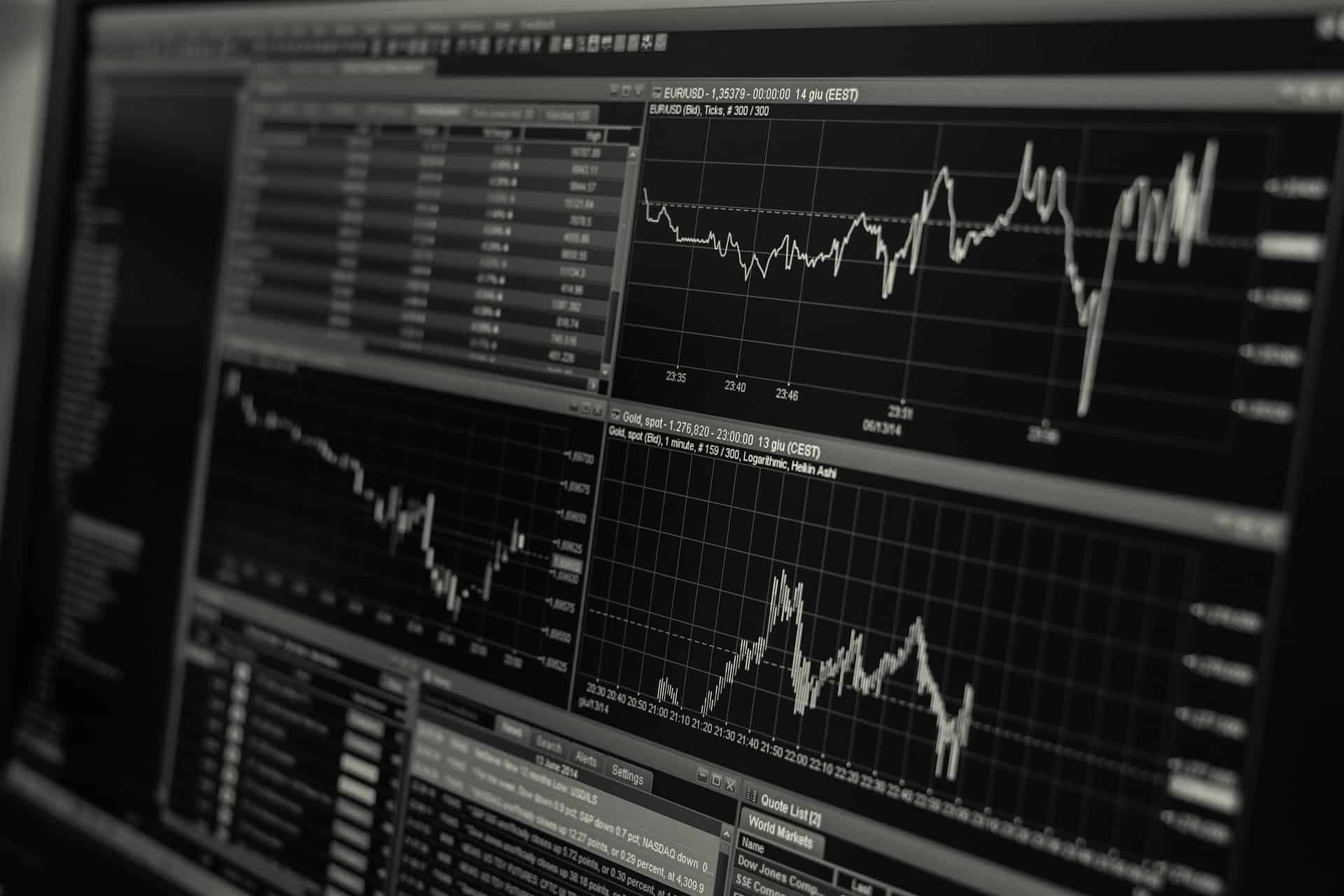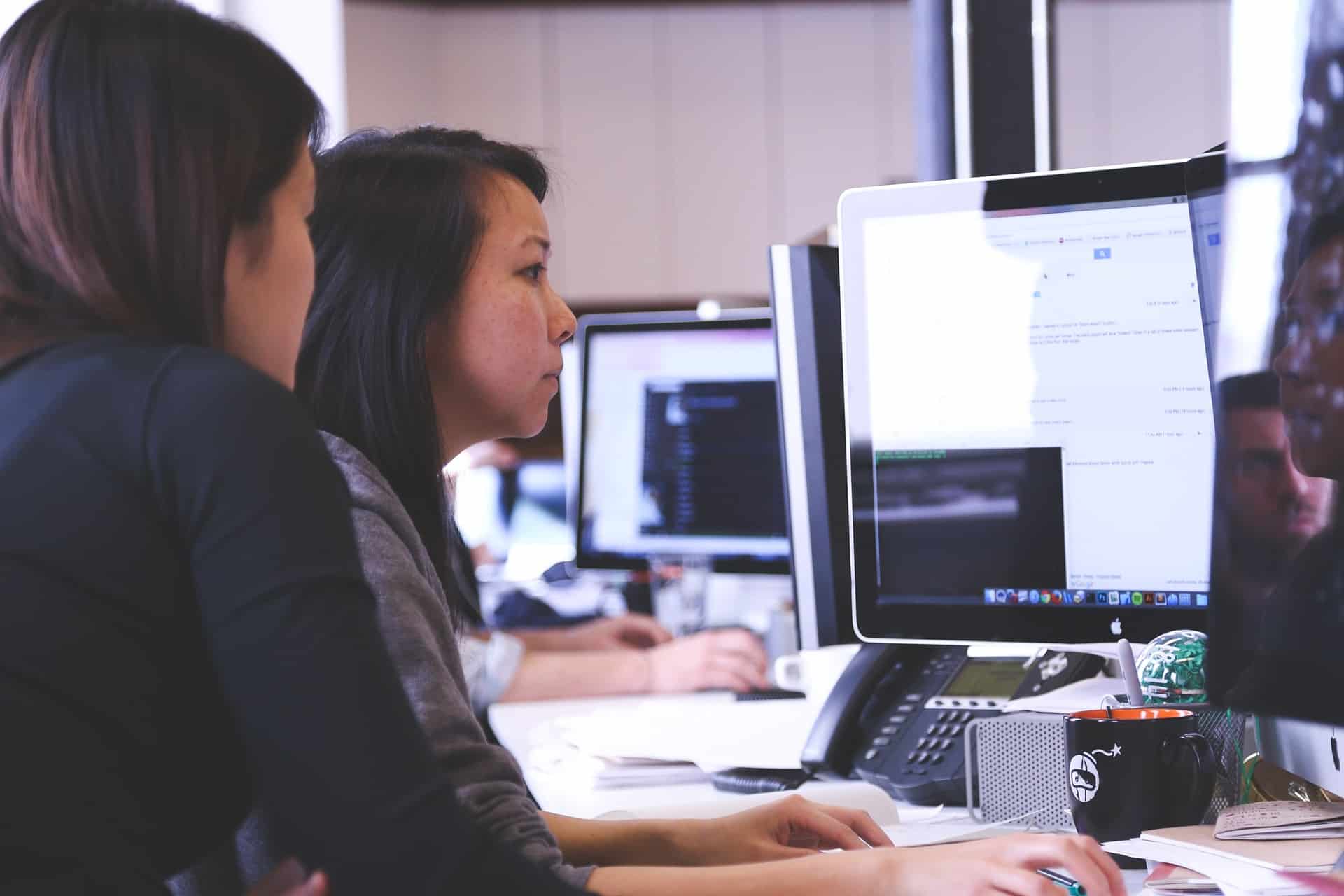Known as the ‘Lucky Country,’ Australia’s economy enjoyed a world-beating 28-year winning streak until stopped in its tracks by the COVID-19 pandemic. However, with the situation gradually returning to normal, the good times could be back soon for the land Down Under.

Quick comparisons – Australia vs Japan
The International Monetary Fund (IMF) ranks Australia as the world’s 13th largest economy, with nominal gross domestic product (GDP) for the nation of 25 million people amounting to an estimated US$1.3 trillion.
In comparison, Japan, with a population of 126 million, ranked third with GDP of US$4.9 trillion, behind China’s US$14.8 trillion and the United States’ US$20 trillion.
In its October 2020 “World Economic Outlook” report, the IMF projected GDP growth for Japan of negative 5.3 per cent in 2020, rebounding to a positive 2.3 per cent expansion in 2021.
The OECD has similar forecasts for Japan in its December outlook. For Australia, it expects its economy to shrink by 3.8 per cent in 2020 but record positive 3.2 per cent growth in 2021.
Inflation in Australia is expected to stay low, at just 0.7 per cent in 2020 and 1.6 per cent in 2021, according to the OECD.
Unemployment has also only risen slightly due to the COVID-19 shutdown, reaching 7 per cent in October 2020 but falling to 6.8 per cent in November, although still well above Japan’s 2.9 per cent.
Despite a massive increase in government spending in response to the pandemic, Australia’s general government gross debt was estimated by the OECD at 57.7 per cent of GDP in 2020, compared to Japan’s 241 per cent.
Looking ahead, Capital Economics sees Australia’s economy recovering in 2021, with the London-based consultancy tipping a 4.5 per cent expansion next year. Depending on the extent of the coronavirus, which has flared up again recently in Sydney, it expects activity to recover to pre-virus levels by the second quarter.

Economic structure
Until COVID-19 hit, Australia’s economy was seemingly unstoppable, boosted by its growing population and exports of energy and minerals together with education, tourism and other services.
Australia is a major agricultural, energy and mining producer, with its top merchandise exports as of fiscal 2019 comprising iron ore (A$77 billion), coal (A$69 billion) and natural gas (A$49 billion). Japan represents Australia’s second-largest export market, accounting for nearly 16 per cent of merchandise exports.
Nevertheless, the services sector is the largest part of the economy, accounting for around 60 per cent of GDP and four out of five jobs.
In 2019, Australia’s GDP per capita was estimated at US$53,559 on a purchasing power parity basis, compared to Japan’s US$45,546.
Australia’s main exports to Japan in fiscal 2019 comprised natural gas (A$20 billion), coal (A$19.3 billion), iron ore (A$5.7 billion) and beef (A$2.3 billion), with its main imports from Japan including passenger cars (A$7.9 billion), refined petroleum (A$4 billion) and goods vehicles (A$1.8 billion).
Australia had investments in Japan totalling A$112 billion as of 2018, compared to Japan’s A$229 billion invested in Australia. For Japan, Australia was its ninth-largest export destination in 2018, with Australia being its third-largest source of imports.
A free-trade agreement between Australia and Japan which came into force in 2015 should further boost investment and trade between the two nations, which have highly complementary economies. For example, Australia exports beef and gas to Japan, while Japan delivers manufactured products such as cars and electronics.

Student job opportunities
Australia’s expected recovery from COVID-19 should see a return to normalcy in its education and retail sectors, boosting job opportunities for students.
For students, part-time work can range from restaurants and shops to childcare and fruit picking. Charities and various other non-government organisations also offer volunteer and other work experience for students (see here for a list).
Study Australia has an online “Student Starter Kit” which can provide a guide to student employability, based on a personalised profile. Importantly, international students working in Australia have the same protections as other Australians in the workplace, such as the minimum wage (currently A$19.84 per hour, or JPY 1,576).
The Department of Home Affairs has information on the various visas available for international students, including working holiday visas, while the Japanese Embassy and various consulates also provide information for Japanese citizens in Australia.
Longer term, Australia’s rising population and healthy economic outlook point to increasing opportunities for Japanese businesses and entrepreneurs. An increasing number of Japanese companies, ranging from drinks makers to home builders and technology firms to trading houses and banks, have established operations Down Under to take advantage of its growing market.
Looking for more information on the opportunities in Australia? Ask Hello Kids to point you in the right direction and ensure your son or daughter has the maximum opportunities from their studies!





